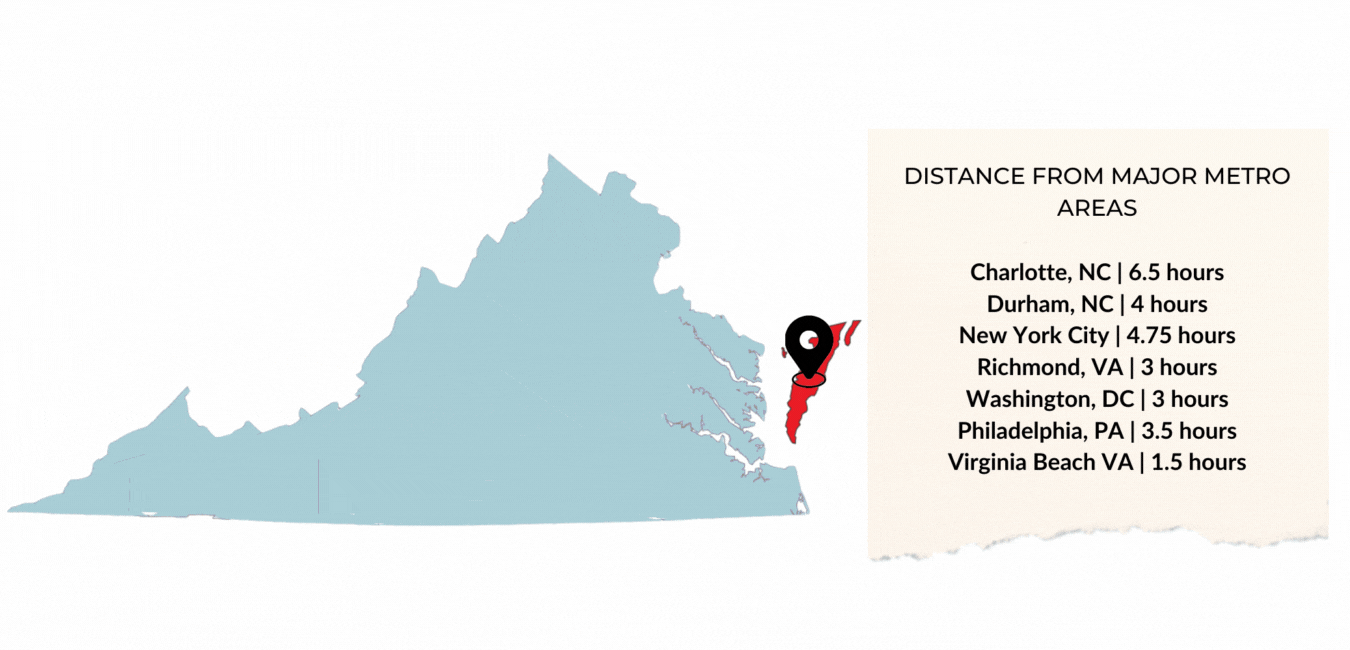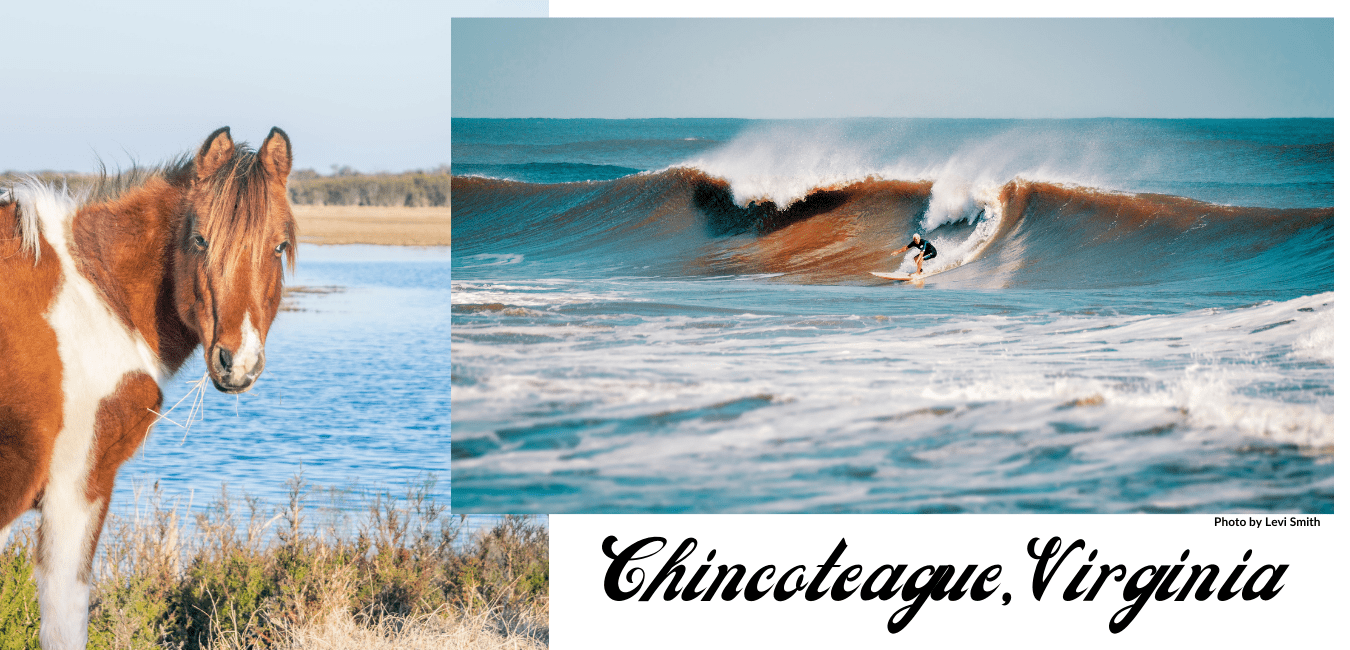History
By Curtis Badger, a well-known naturalist, author and photographer from the Eastern Shore of Virginia who has written more than 30 books on the history of the Atlantic coast.
The Eastern Shore of Virginia is defined by two elements: The land and the sea. The land is flat, fertile, and produces great bounty. It is surrounded by water, the Chesapeake Bay and its many tributaries on the western boundary, and on the east, the barrier islands, shallow bays and inlets that lead to the Atlantic Ocean and the world.
Captain John Smith explored the waters of the long Virginia Eastern Shore peninsula in 1607, and since that time the fertile land and the water has defined the history and culture of Virginia’s Eastern Shore.
For centuries, the land provided a wealth of vegetables and grains, making the Eastern Shore a great provider of food for Virginia and beyond.
The shallow waters and tidal flats that surround us also supplied a bounty of oysters, clams, carbs and fish. And the bay and the ocean are a convenient source of conveyance, a way of getting vegetables, grains and seafood to eager markets.
This is a land of farmers and seafaring creatures who enjoy the grit of sand between the toes and the sweet aroma of a seaside tidal flat at low water. The process of growing crops and delivering to market created waterfront communities like Onancock, Chincoteague, Cape Charles, Willis Wharf and Wachapreague.
In 1884, when the railroad came through, it brought about a great change in how farmers got their food to market, and so it shaped history just as the sailing ships did, and the steamships that came after them. Thanks to the railroad, the Eastern Shore of Virginia was among the most prosperous rural regions in the United States in the earliest part of the 1900s.
In more recent years, the boxcar has given way to the 18-wheeler. Our clams are spawned in laboratories and shipped to market in jets. Sail gave way to steam, which gave way to rail, which gave way to highway.
The things that endure are the land and the sea



 At the northern end of the Atlantic side is the beach community of
At the northern end of the Atlantic side is the beach community of